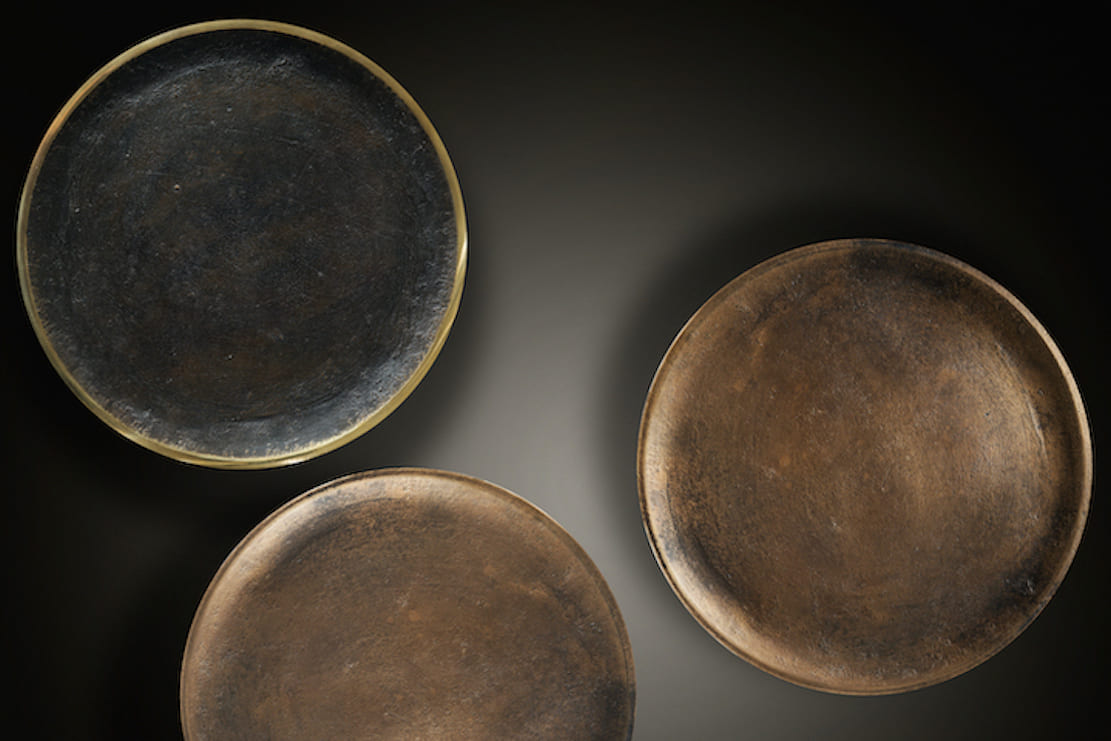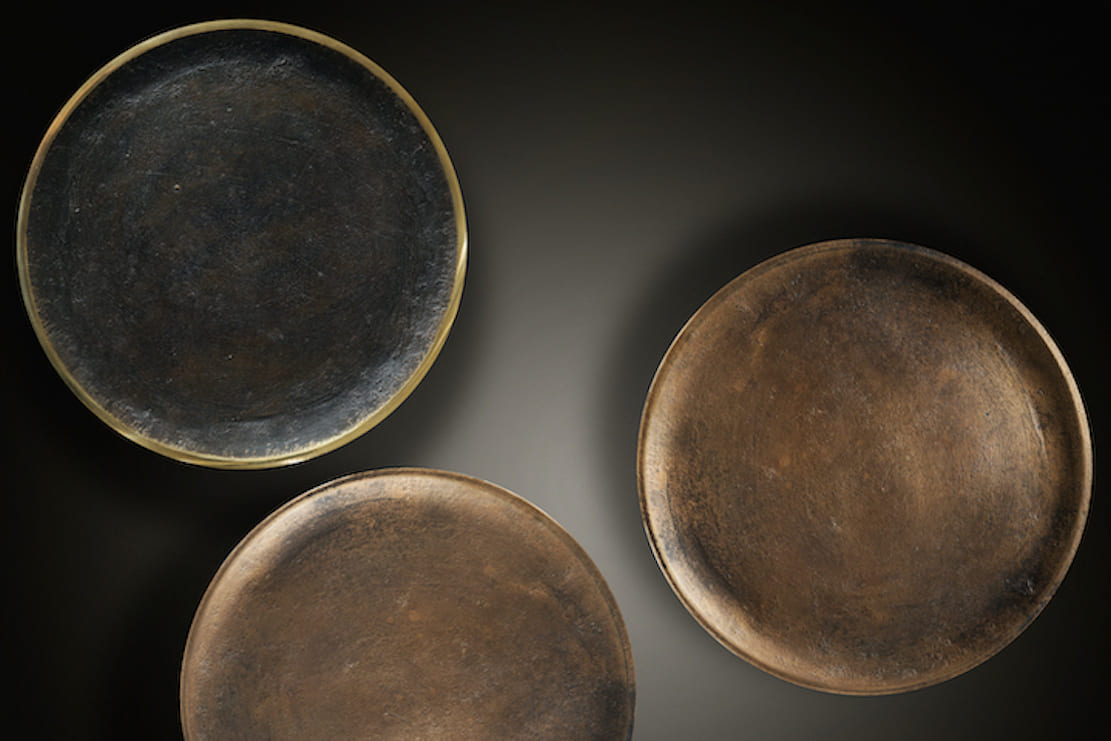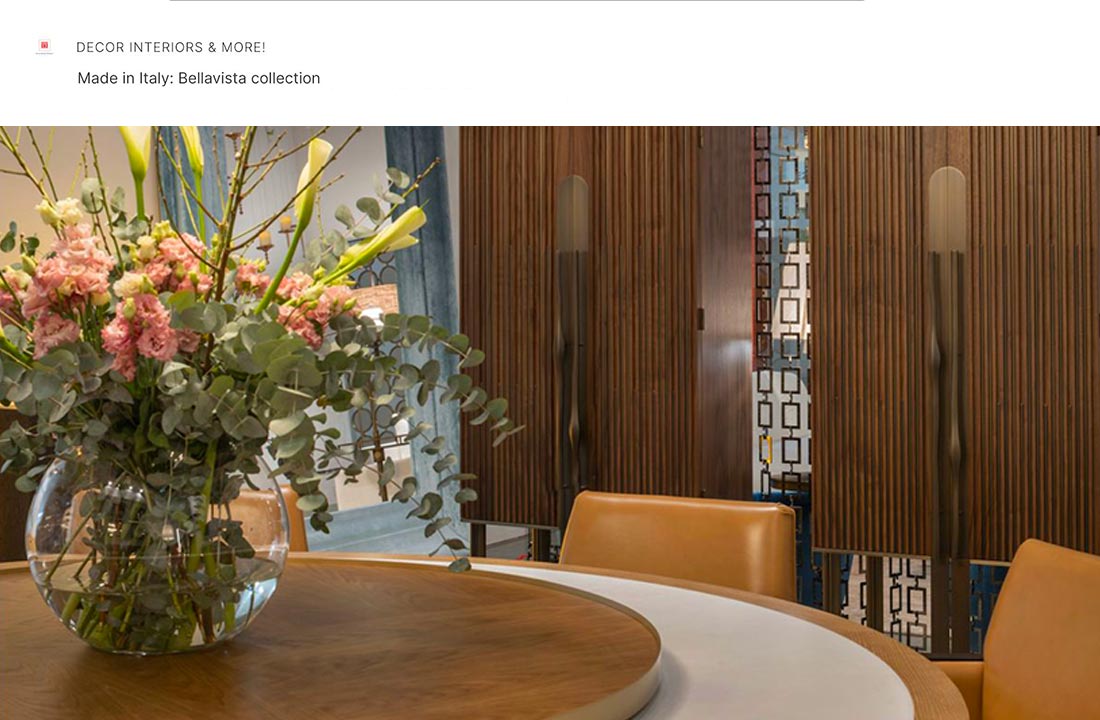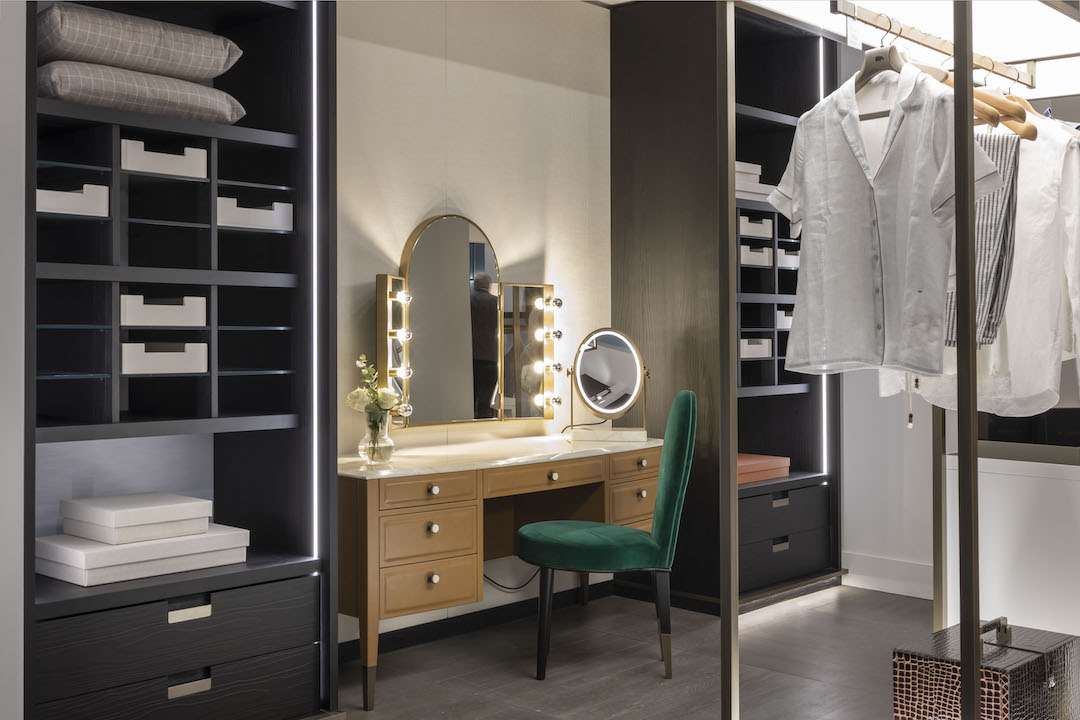If you live in Italy, you probably remember how Vittoria Alata, or Winged Victory, made headlines in autumn 2021. This famous bronze statue that dates back to the 1st century AD, returned to the province of Brescia after about three years of restoration in Florence.
The Winged Victory of Brescia is among pretty few well-preserved ancient bronze sculptures. Created during the reign of the Roman Emperor Vespasian, it was excavated in July 1826 – by chance. The dismantled statue was hidden beneath the Capitoline temple in Brescia.
For a long time, this 195-centimeter-tall sculpture depicting the goddess of victory has been a symbol of the province. It’s a real masterpiece that was cast in bronze here in Brescia – and here it now proudly stands in the archaeological Santa Giulia Museum.
Metalworking in general and casting metals, in particular, has a long history in Brescia. Long ago, when it was a part of the Roman Empire, numerous foundries already worked here.
Today, Brescia is one of the biggest metallurgical centers of Northern Italy, producing steel and aluminum, brass and copper, zinc and lead. And, of course, there are numerous small foundries, like Bellavista Collection’s suppliers, where the millennia-old traditions of the craft were preserved. So, looking at the pieces cast by modern artisans, you can spot the charming outline of the famous statue.
Bronze and Brass: from Ancient Times to the XXI Century
In fact, metal casting is among the oldest technologies known to humankind: the earliest cast bronze and brass artifacts are more than five millennia old! For example, the famous copper frog from Mesopotamia dates back to about 3 200 B.C.
The two metals, or better say, alloys, which have been used from ancient times, are bronze (copper and tin melted together) and brass (copper and zinc). The reason is simple: thanks to their low melting points, they are easy to cast using primitive equipment. Bronze and brass may contain small amounts of other elements, so their melting points may vary. Bronze melts at about 950 °C (1,742 °F), give or take, and the melting point of brass is somewhere between 900 and 940°C (1,650 and 1,720 °F).
Ancient peoples all over the world, from Mesopotamians to Greeks and Romans, had no idea of what we now call physics and chemistry, but their know-how proved to be extremely efficient. Some of these techniques successfully survived up to the XXI century.
Sand Casting: From the Copper Frog to the Brass Hippo
Archaeologists confirm that the technology behind the copper frog – the earliest known cast bronze artifact – is similar to sand-casting. The main difference is that clay was used instead of sand.
Centuries passed; the ancient technology was modernized, but its core remains the same – so simple but efficient it is. What is more, over 70% of all details currently cast of bronze, brass, and aluminum are made using a sand-casting process.
Foundrymen from Bellavista Collection cast various details for its Italian luxury furniture using this very technique. Lots of things, from handles and hinges to tables, lamps, and sculptures are cast of brass, bronze, and aluminum. Besides, the brand is well-known for its cast brass figures of animals, especially of a hippopotamus, which has long become Bellavista Collection’s mascot.
Contemporary Design, Millenia-Old Technology
Let’s take a look at just a few objects that come from Bellavista Collection’s foundry. In fact, there are lots of them, including entire furniture pieces. And, of course, there are various parts and details, because most of Bellavista’s products contain at least one detail cast of metal.
After casting, different finishes are applied – to protect the surface and make the details look even more beautiful. Hammered surfaces or finishings applied by hand give cast metal pieces from Bellavista their very special look of being handcrafted.
Although cast brass with an antique bronze finish is the absolute favorite in Bellavista, the brand makes use of a range of metals and finishes as well. For example, an all-metal coffee table BATISTA – an interestingly-looking three-legged round table – comes in two options, namely, cast brass or cast aluminum. Also, there are three finishes available in total: Black Patina, Batista Black, and Batista Copper.
Some coffee tables have cast metal details that make them look really special. ALCOBAS has an optional lower shelf, made of cast brass with an antique bronze finish. It is cast in the form of tree branches with sprouts and leaves, serving as an unhackneyed decoration, visible through the glass of the tabletop.
Structures of Bellavista’s lighting fixtures are often cast of metal, usually brass. CHANEL, LYDIE, TOSCA, CAROL, PISOLO – their structures and bases are made of cast brass with an antique bronze finish.
Some of Bellavista’s lamps, decorated with cast brass figures, look like works of art. Just look at the lifelike figures of people, young and old, standing and sitting on the PEOPLE chandelier’s rectangular structure! Or what about 4Stagioni table lamp, with four pretty women, sitting on its base under the lampshade? Judging from the name (‘Stagioni’ is Italian for ‘seasons’), these women symbolize four seasons of the year.
All furniture handles for Bellavista’s cabinets, wardrobes and other pieces are also made in-house. Along with ensuring top quality, such an approach allows for greater customization. In other words, when ordering, say, a sideboard or credenza, you can pick handles to your liking, if you wish. You can see all the handles in the brand’s online catalog: just open HOME DÉCOR category and select the sub-category named HANDLES.
There is plenty to choose from: you’ll surely like the elegant form of MAN-14, an outline of a hippo on MAN-05, interesting forms of MAN-06 and MAN-11… But the most impressive handle is the one named MAN 07. It looks like a real sculpture, depicting a charming woman. Take a closer look at it – doesn’t its beauty remind you of the two-millennia-old statue cast of bronze somewhere here in Brescia?





